Wound repair in the horse: Problems and proposed innovative solutions
Second intention healing of full-thickness limb wounds in the horse is subject to numerous complications. In particular, an inefficient but protracted inflammatory response may preclude the ensuing proliferative and remodeling phases of the repair process from proceeding normally.
Furthermore, the horse seems afflicted with an excessive fibroblastic response leading to the exuberant formation of granulation tissue and subsequent retardation of epithelialization and wound contraction.
This article will discuss recent discoveries pertaining to the cellular and molecular mechanisms regulating wound repair in the horse. It will then address innovative solutions that have been implemented in the equine species.
Although conservative and time-honored methods of wound care are unlikely to disappear, the development of substances that stimulate repair are imminent and equine practitioners must remain aware of these innovations to better serve their clients and patients.
Author: Christine L. Theoret
Source: https://www.sciencedirect.com/


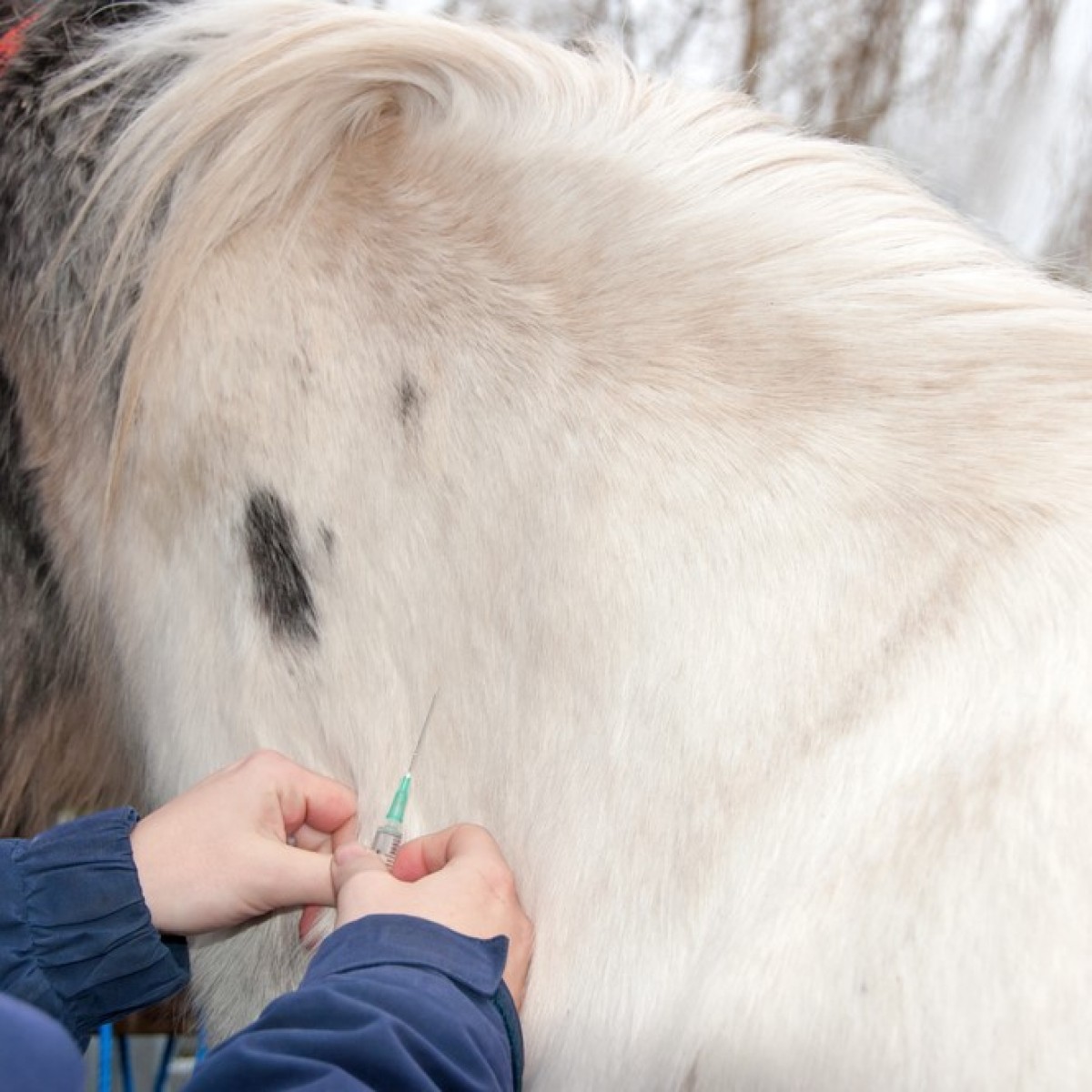
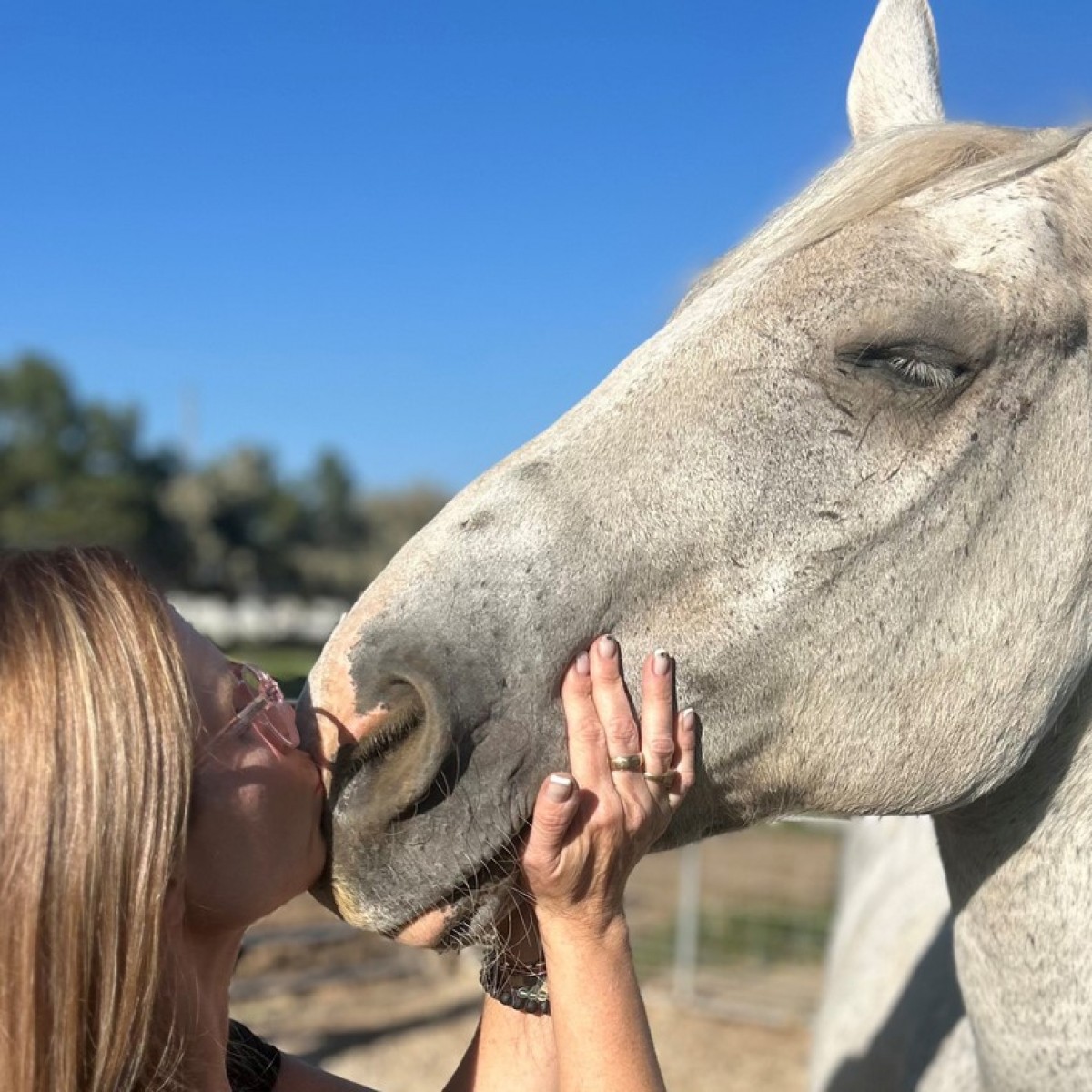
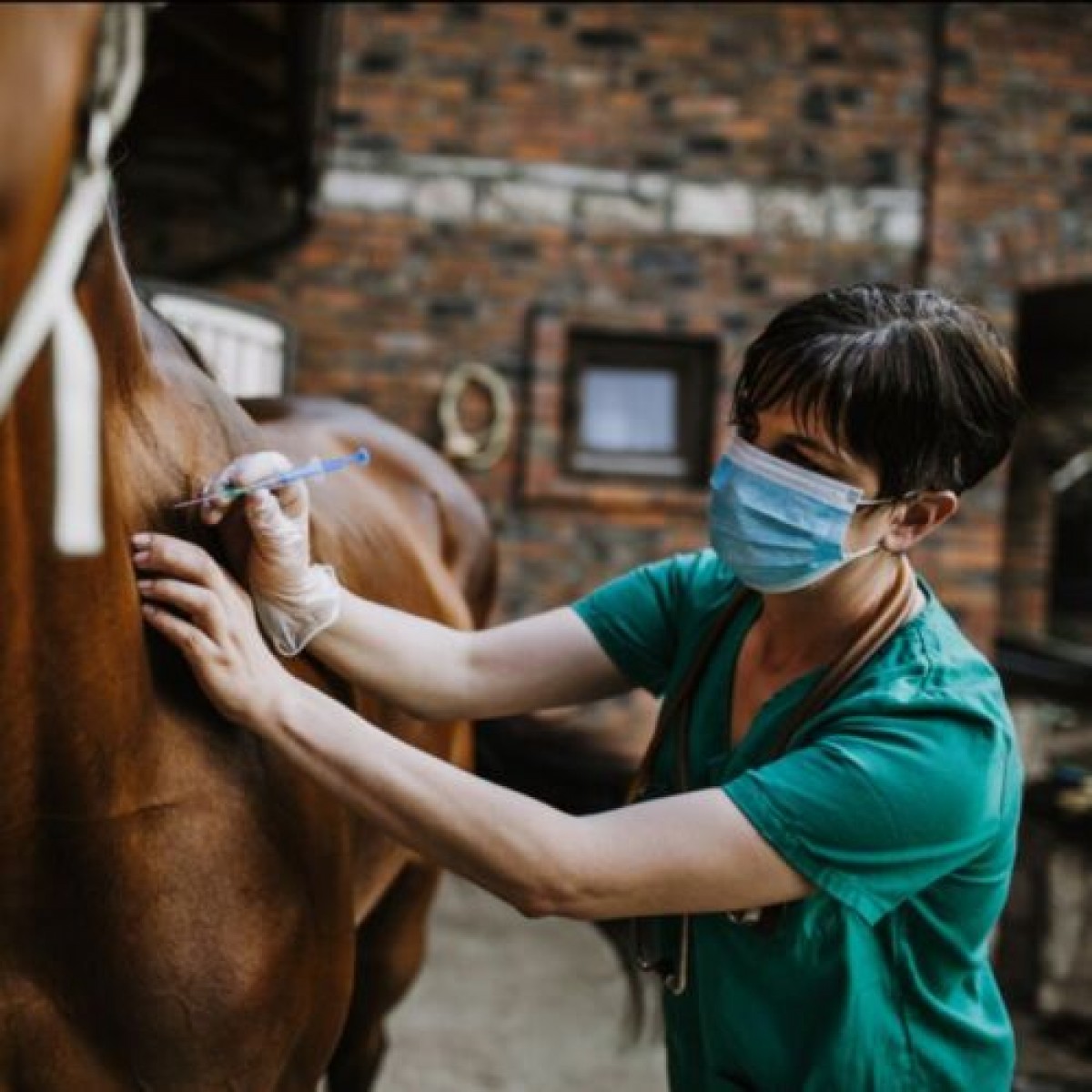



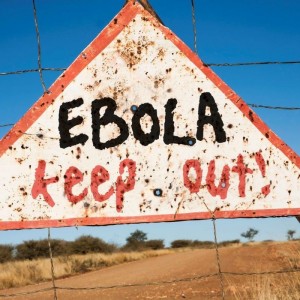

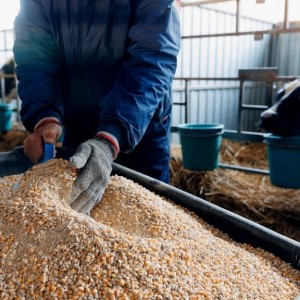
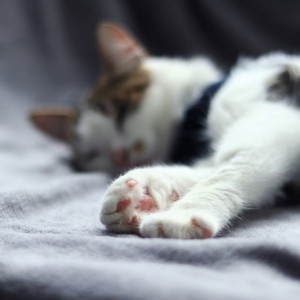
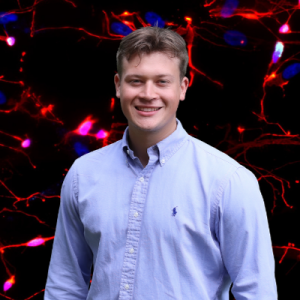

List
Add
Please enter a comment